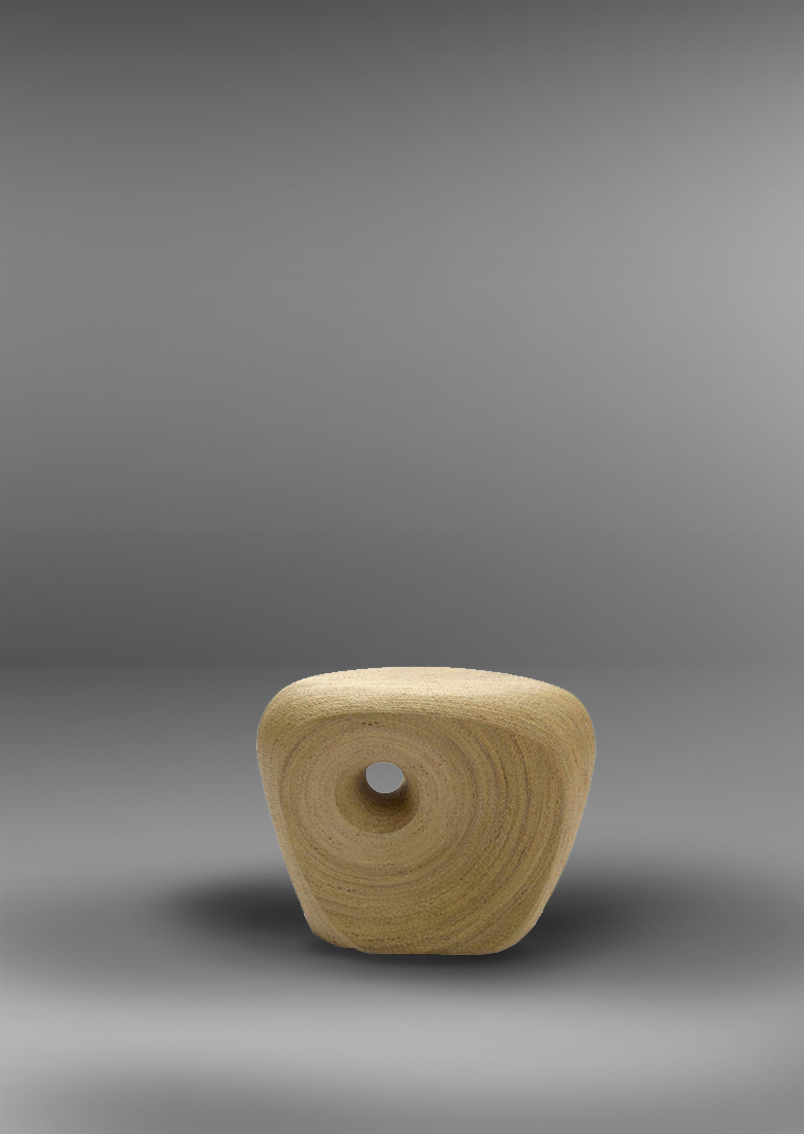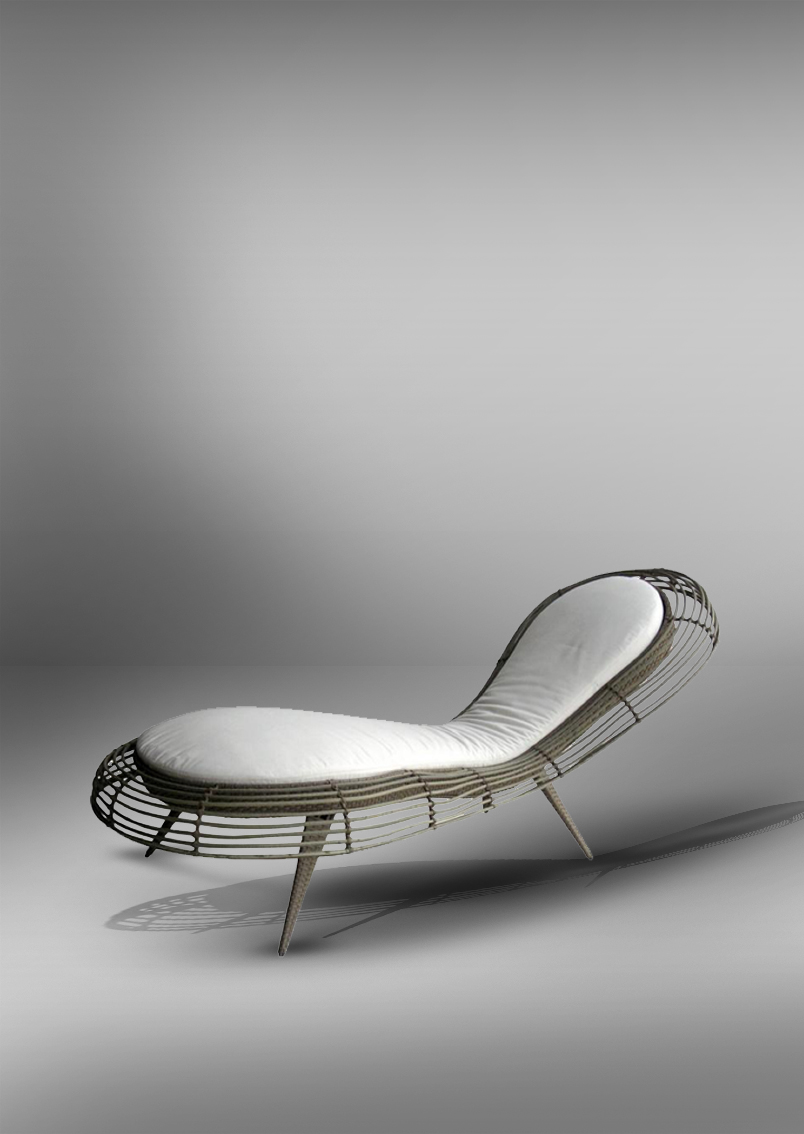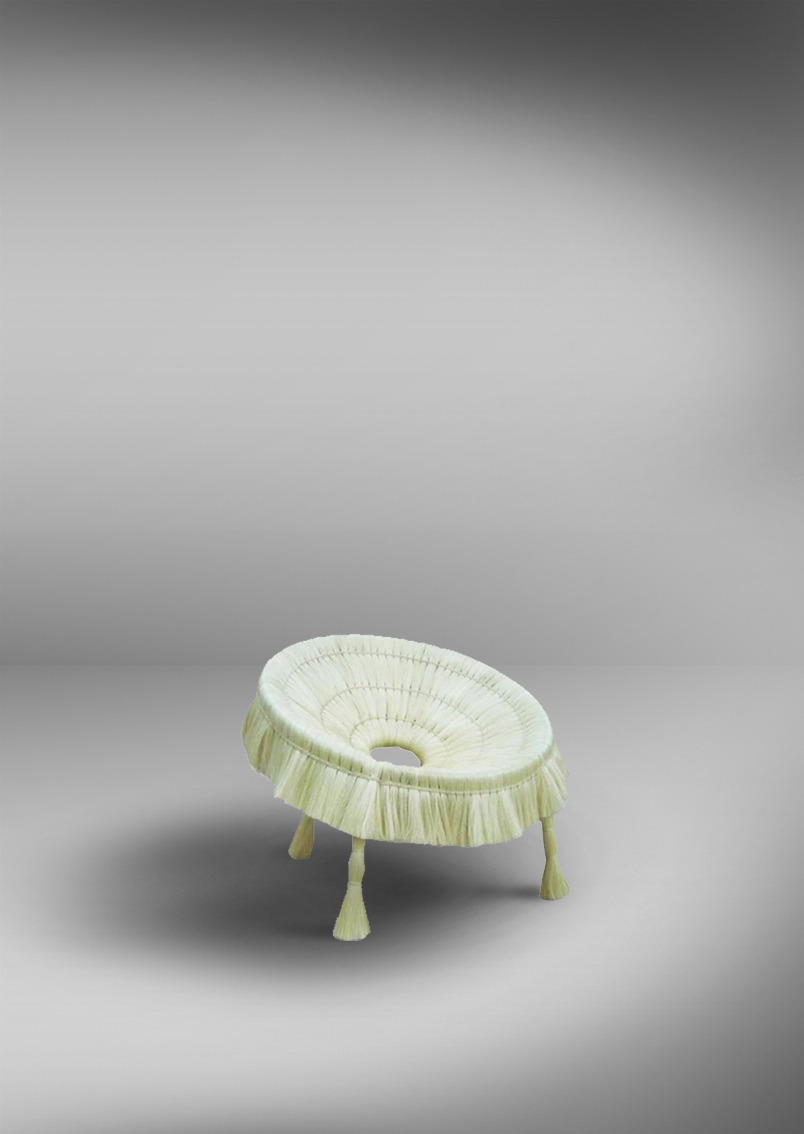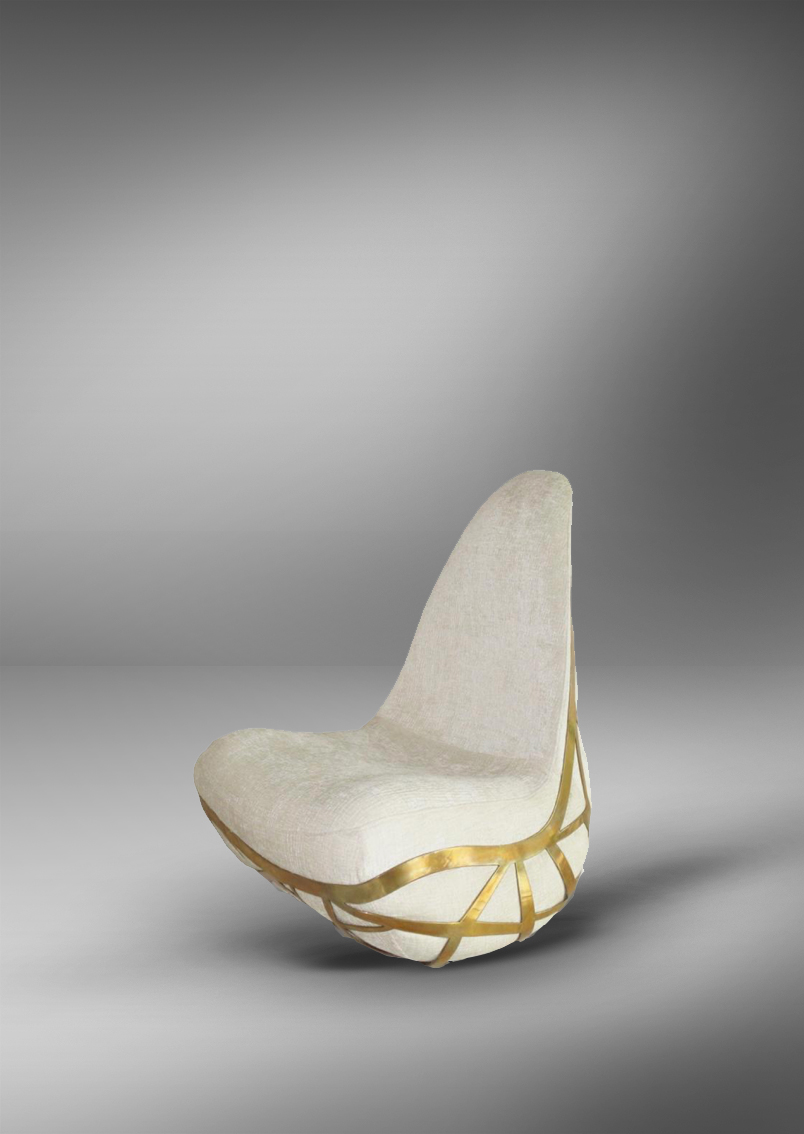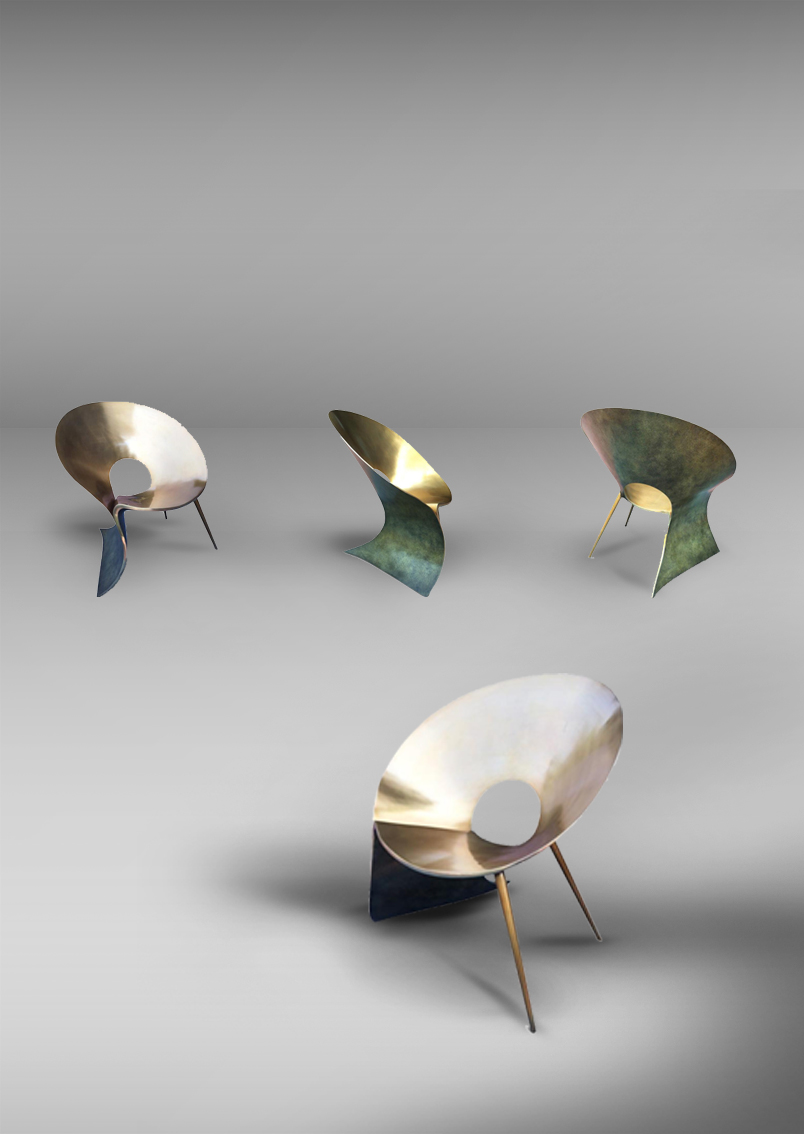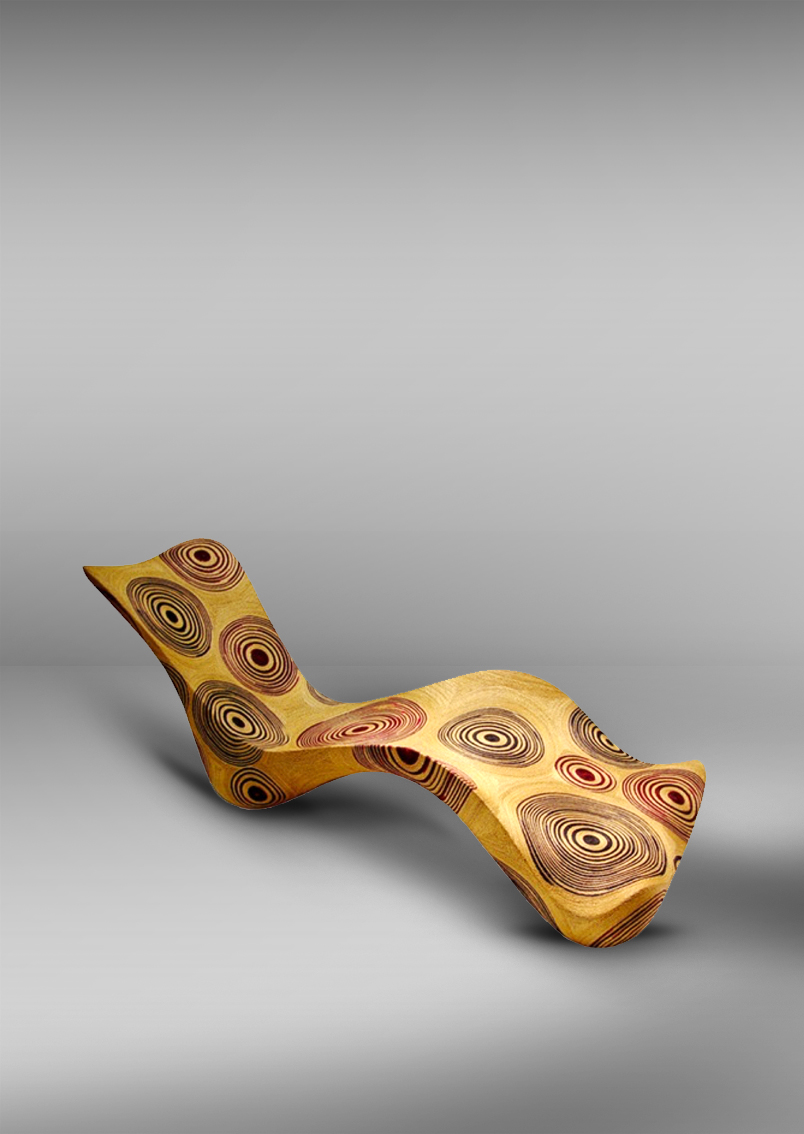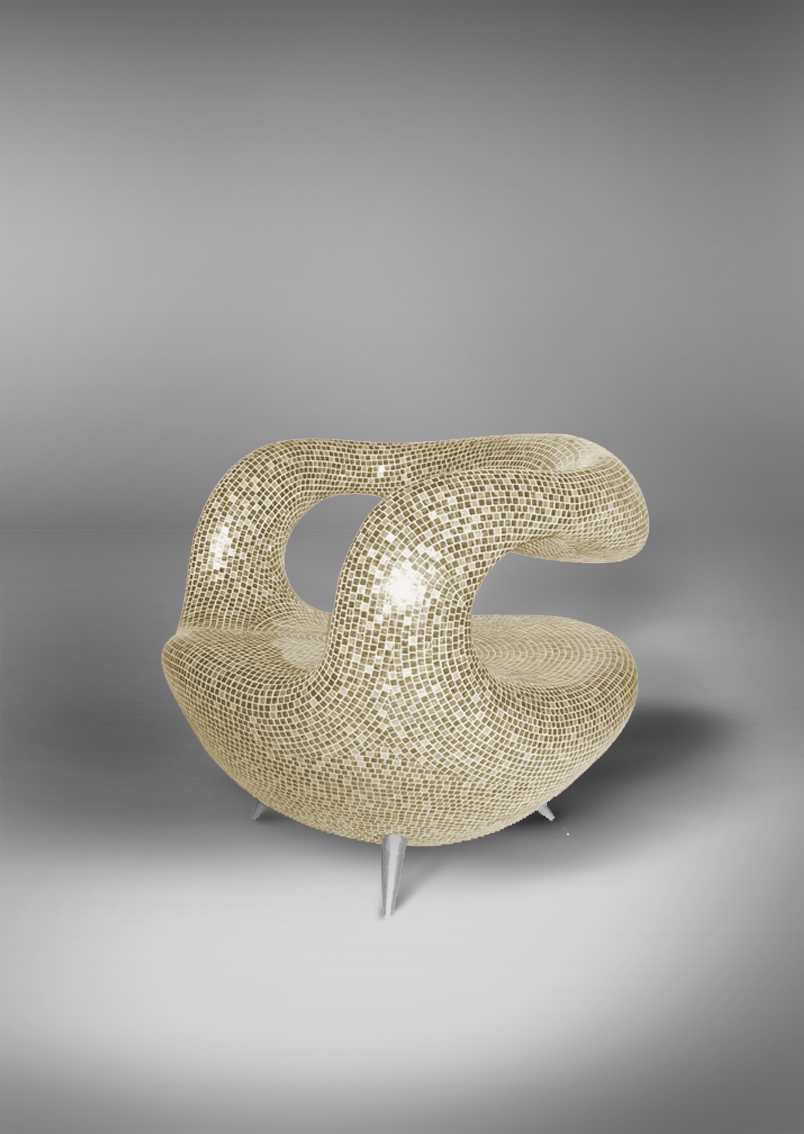The Art of Industrial Craftsmanship
When Eggarat returned from Milan, his creative spirit infused with the essence of Italian design after honing his craft at the Paolo Nava design studio and collaborating with renowned furniture brands in Brianza, the heart of Italy's furniture industry, he was destined to redefine Thailand's design landscape. The Industrial Design Society (IDS) recognized his visionary talent and appointed him chairman, setting the stage for a design revolution.
At the time, Thailand's industrial focus was squarely on Original Equipment Manufacturing (O.E.M.), a system fueled by cheap labor and mass production. Villagers from rural provinces flocked to urban centers, leaving behind their traditional crafts to feed the growing export machine. The country's creative soul was fading, and original design wisdom was all but forgotten. Eggarat, however, saw beyond the immediate boom. He approached industrialists with a bold vision, but his calls for innovation fell on deaf ears. Bangkok was thriving as a hub for foreign investments, catering to markets in the U.S., Japan, and the Middle East. Skyscrapers and luxury condominiums sprouted like mushrooms, embodying the rapid urbanization of the era.
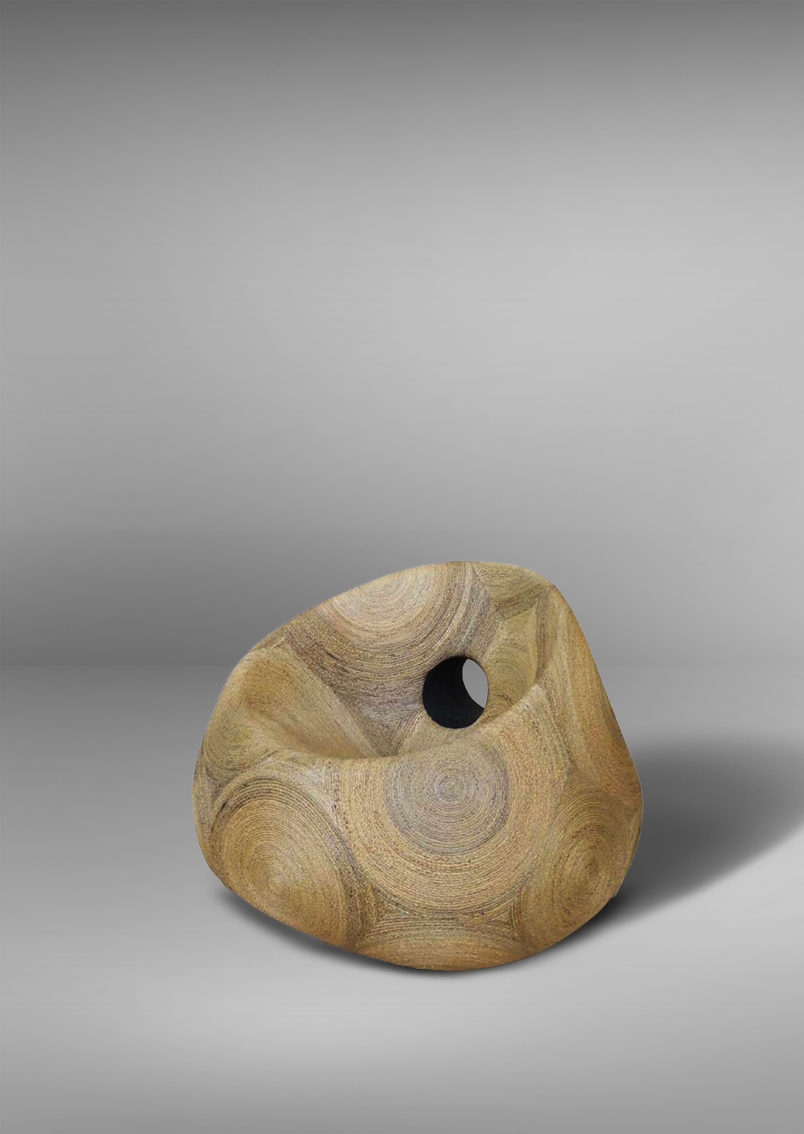
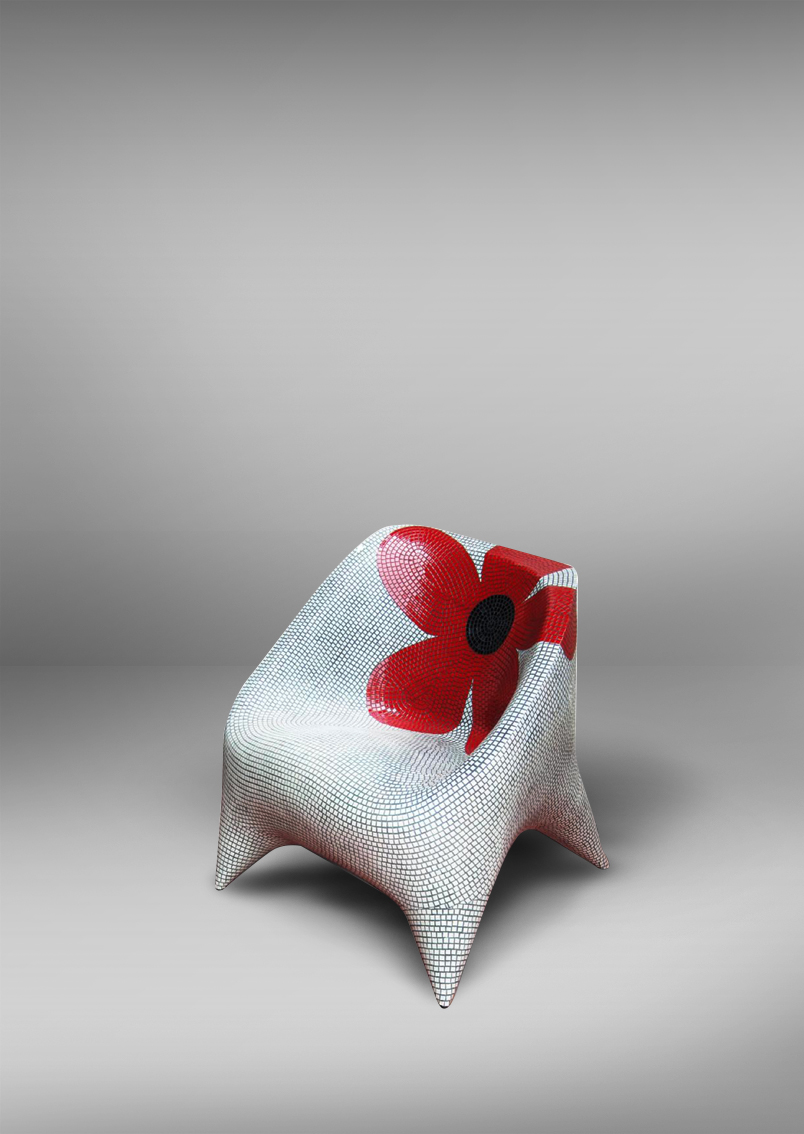
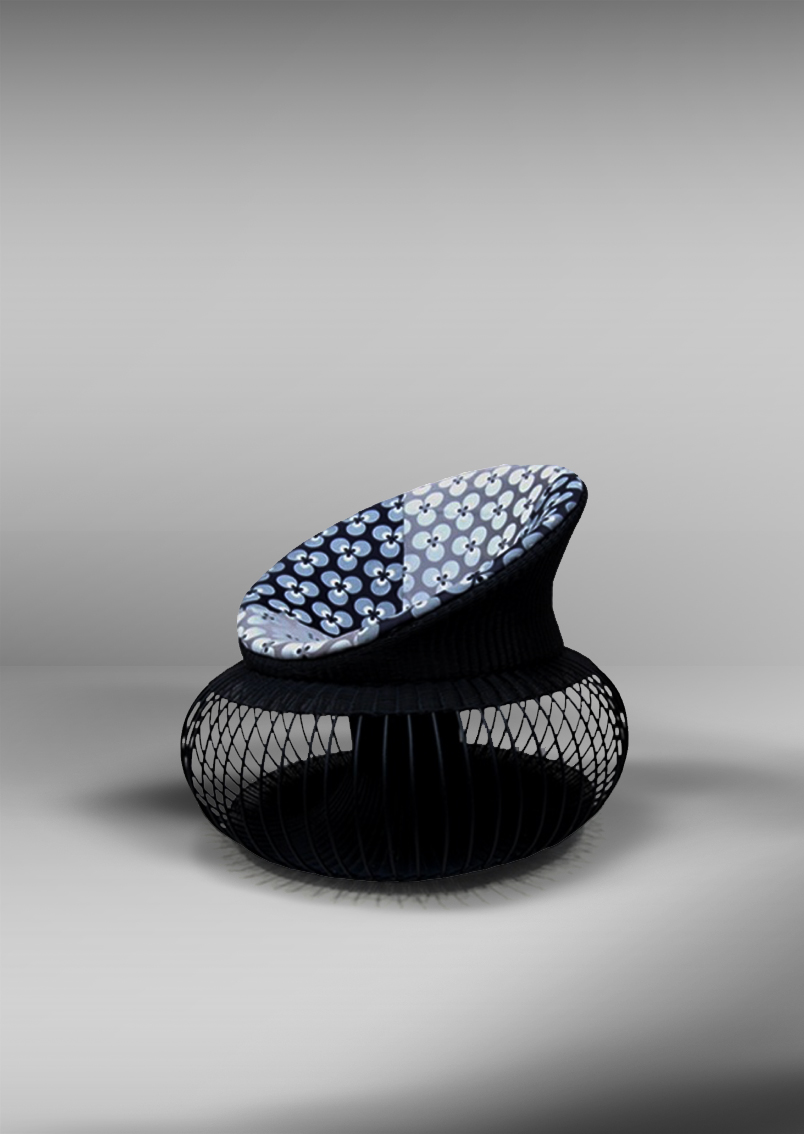
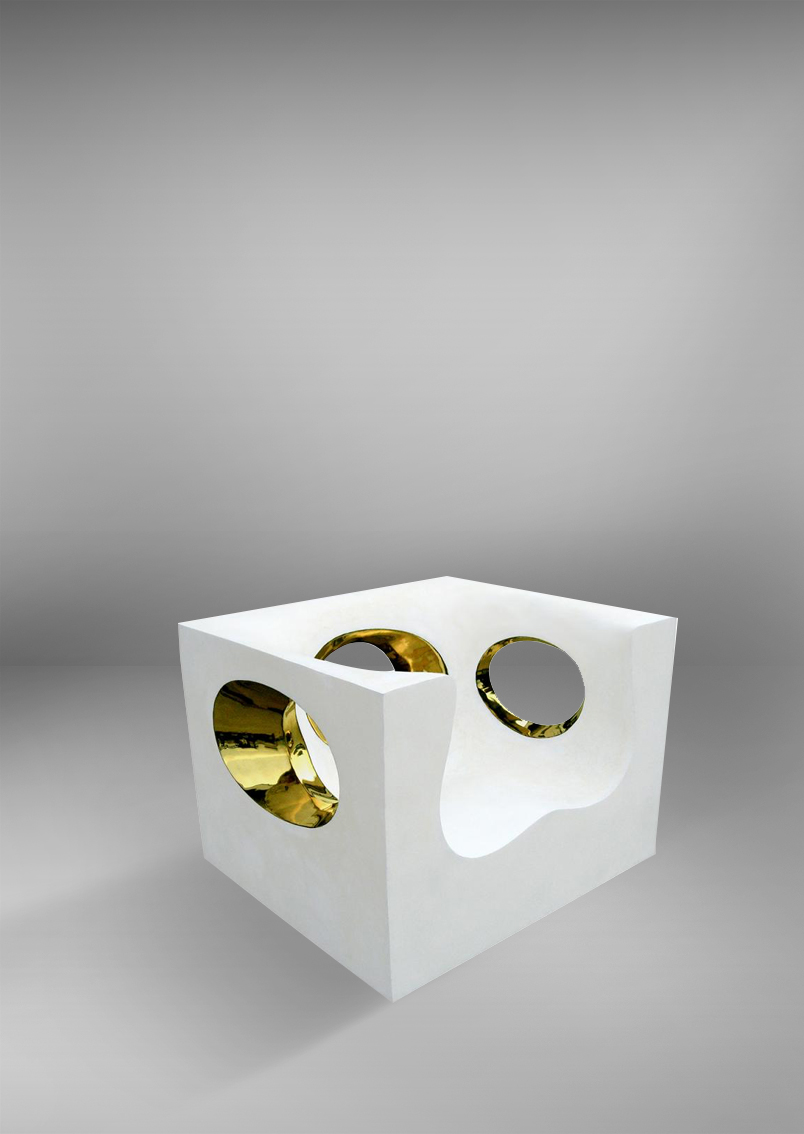
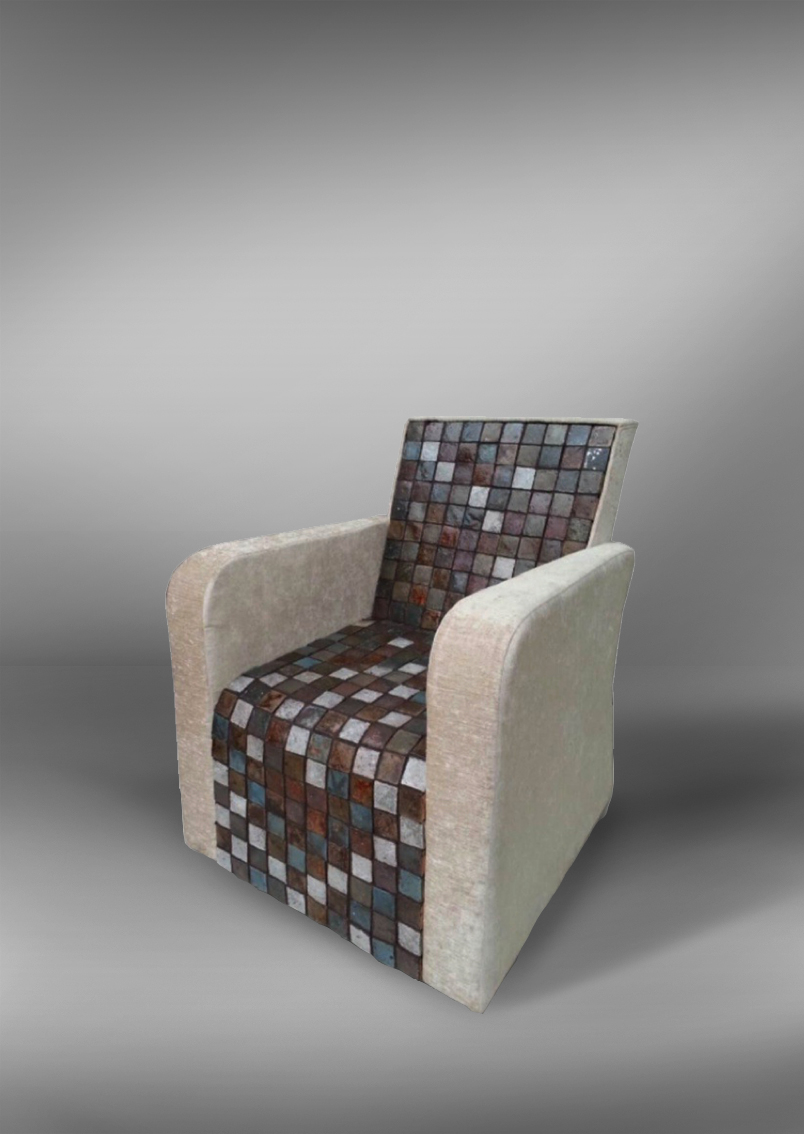
But Eggarat foresaw a seismic shift. He knew Thailand's reliance on mass production was unsustainable. With rising competition from Asia Pacific neighbors like China, India, and Vietnam, as well as emerging players like Mexico and Egypt, Thailand's cheap labor advantage would soon vanish. The O.E.M. model not only disrupted local communities but also stifled the evolution of Thailand's rich heritage of handicrafts—practical, functional art that once defined family life. Many of these traditions had already disappeared, casualties of an industry that prioritized quantity over quality.
Determined to carve a new path, Eggarat immersed himself in the heart of Thailand's manufacturing process. He studied factories, dissected production lines, and uncovered a critical difference between Thai and Italian craftsmanship. In Italy, machinery and production were meticulously aligned with the original designs of architects and designers who understood materials, marketability, and the art of creating products tailored to European and American tastes. In Thailand, however, the focus was solely on labor intensity. Machines were often manually operated, and some were even custom-built for handcrafted processes. It was here, in this fusion of hand and machine, that Eggarat discovered the soul of Thai design—what he called "Industrial-Crafts."
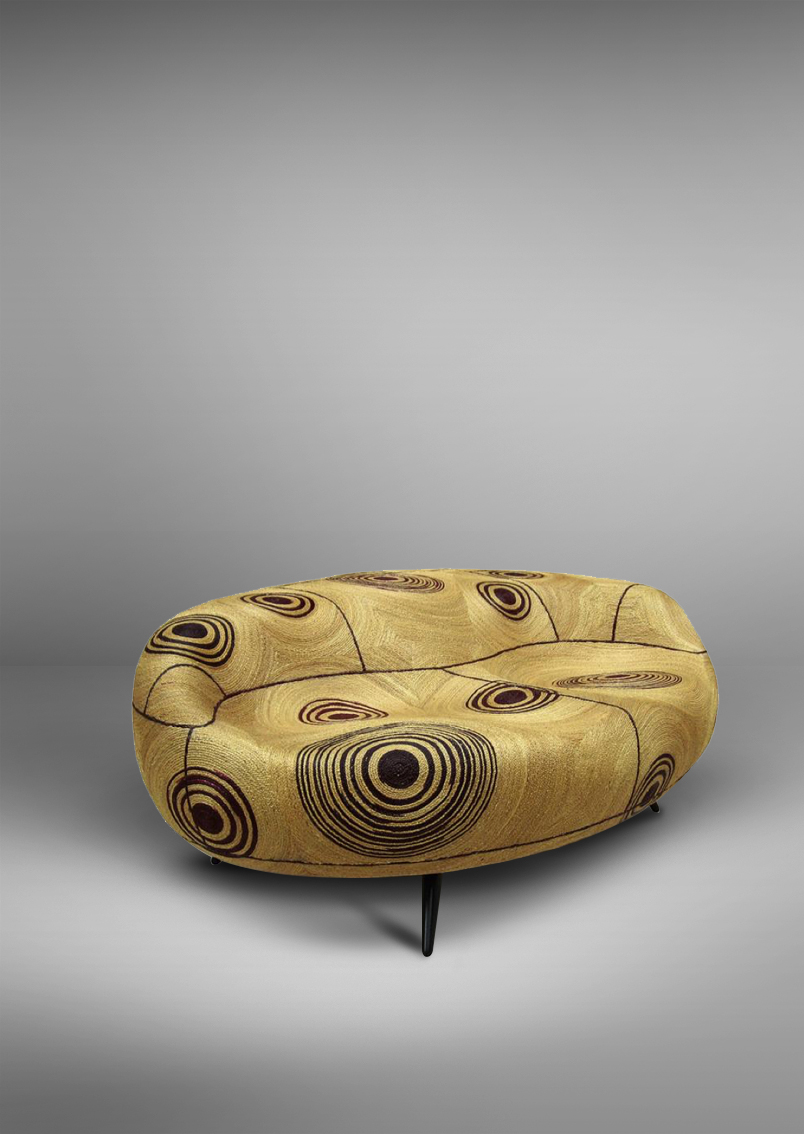
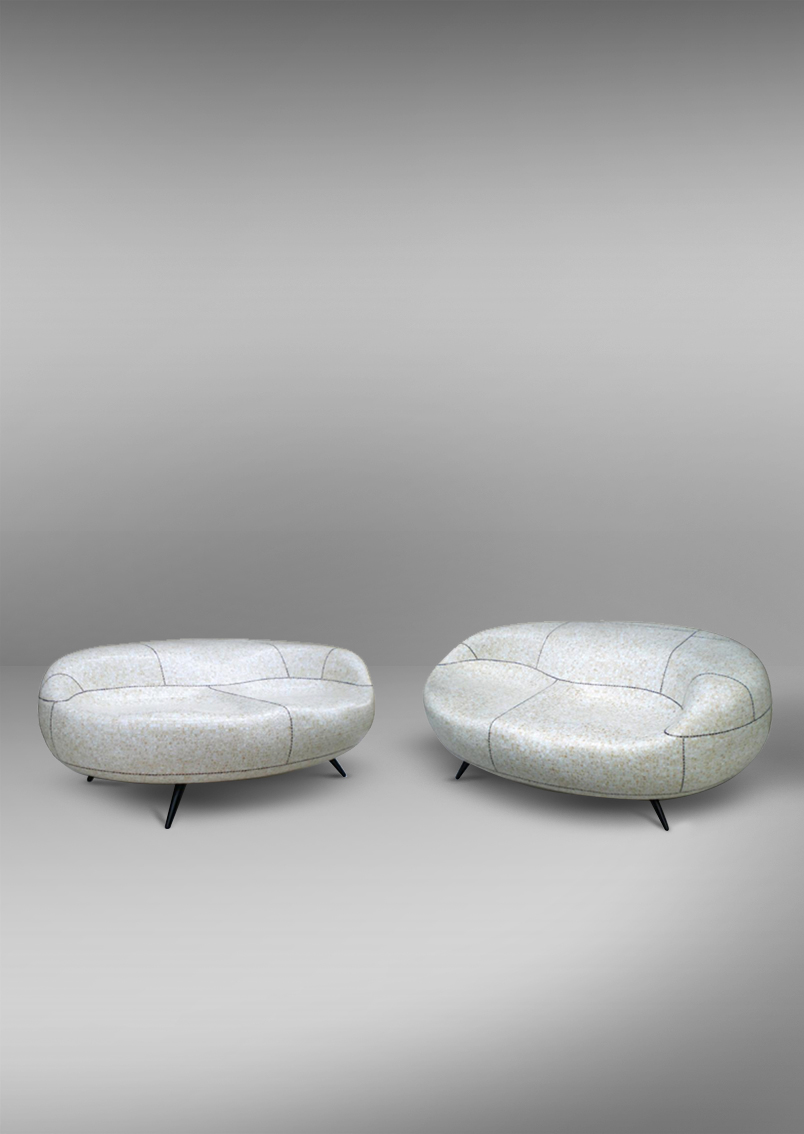
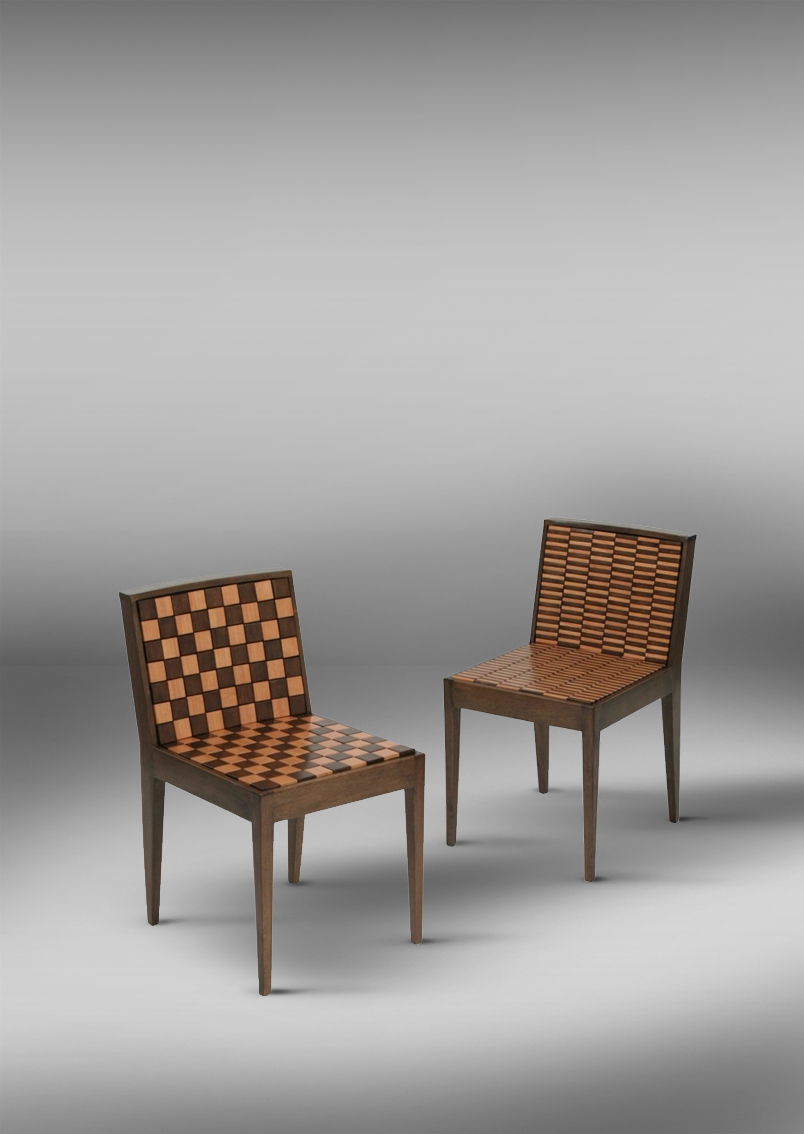
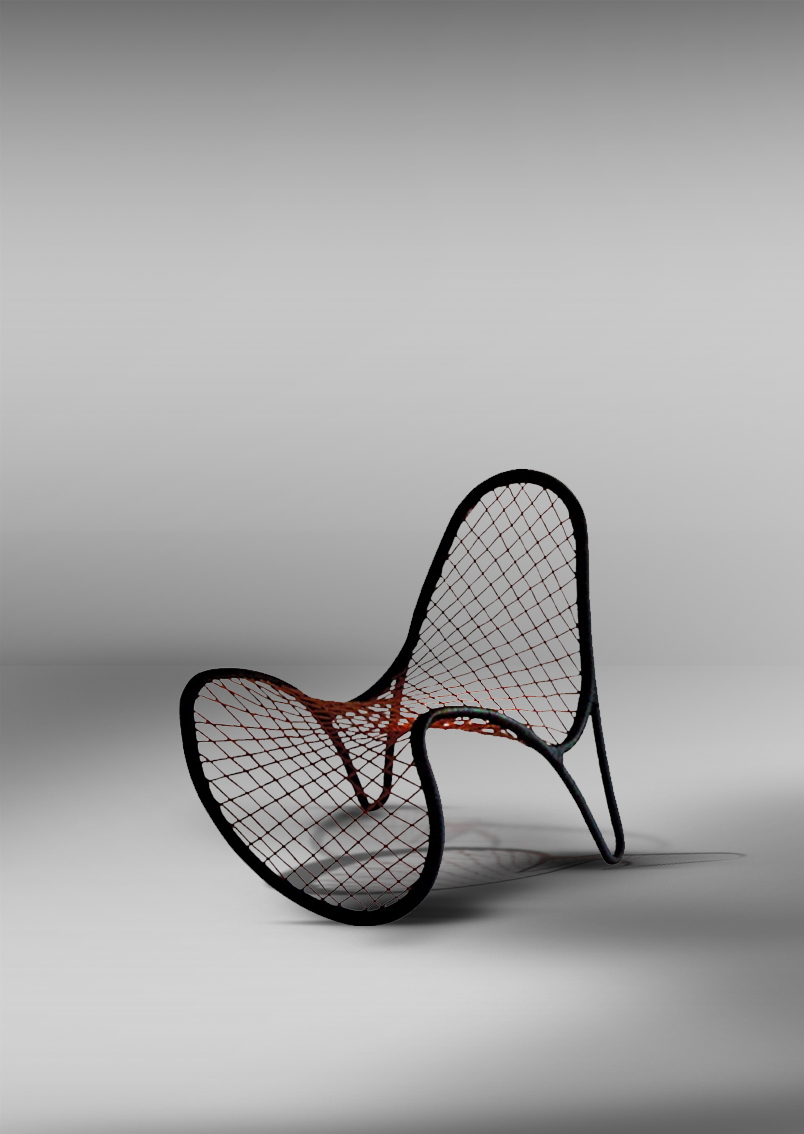
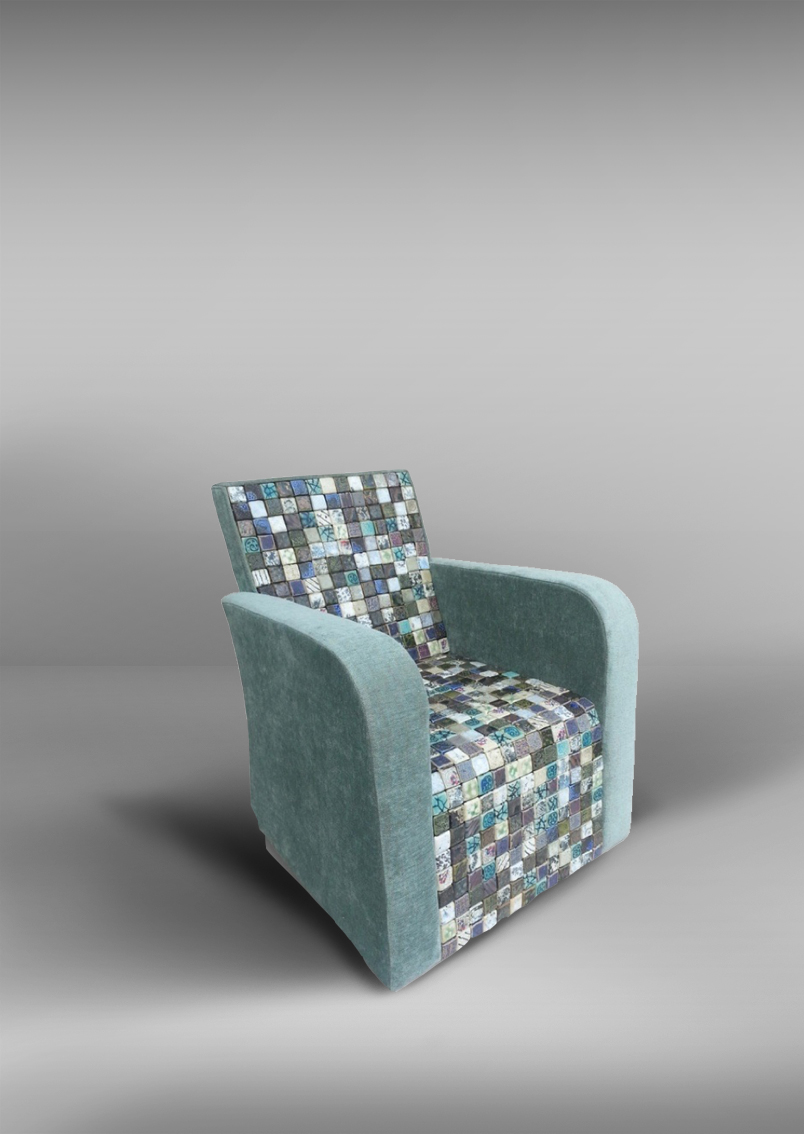
In Chiang Mai, a province renowned for its artisanal souvenirs, Eggarat witnessed the intricate dance of manual labor and local materials. This was not just production; it was artistry on a massive scale. He realized that Thailand's unique charm lay in its handcrafted processes, a stark contrast to the sterile precision of mass-produced goods from industrial powerhouses like Italy, Germany, and Japan. This revelation became the cornerstone of his design philosophy.
Eggarat began to reimagine furniture production, blending 50% industrial efficiency with 50% handcrafted artistry. He deconstructed furniture structures, redefining textures and colors through meticulous craftsmanship. The result was a collection that transcended functionality, embodying a bespoke elegance that captivated clients worldwide. His designs became a testament to Thailand's creative spirit, a fusion of tradition and innovation that resonated deeply with those who sought more than just furniture—they sought stories, heritage, and soul.
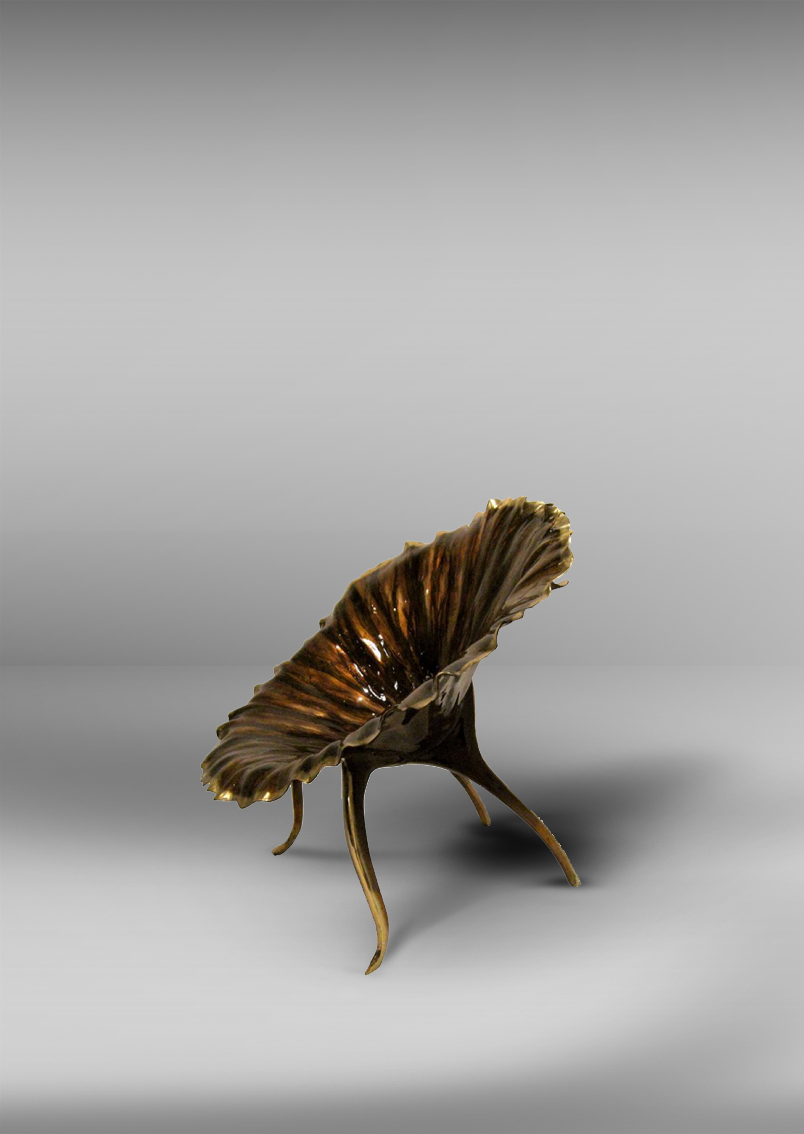
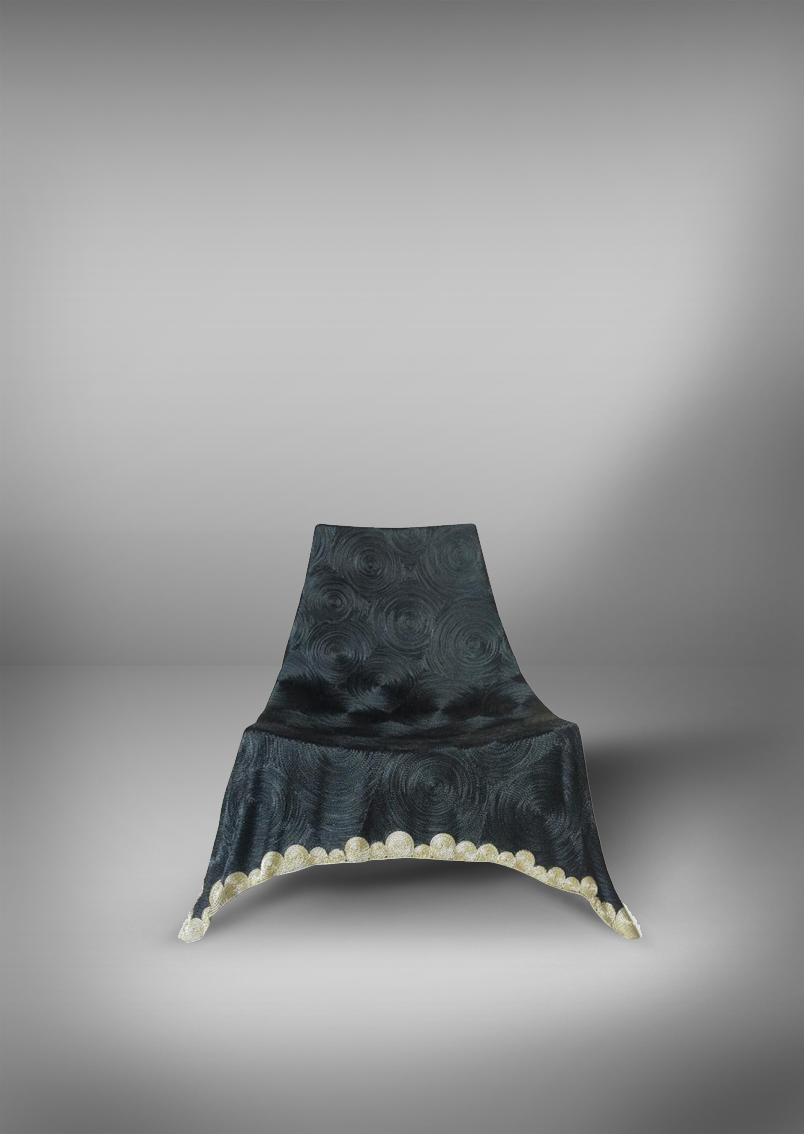
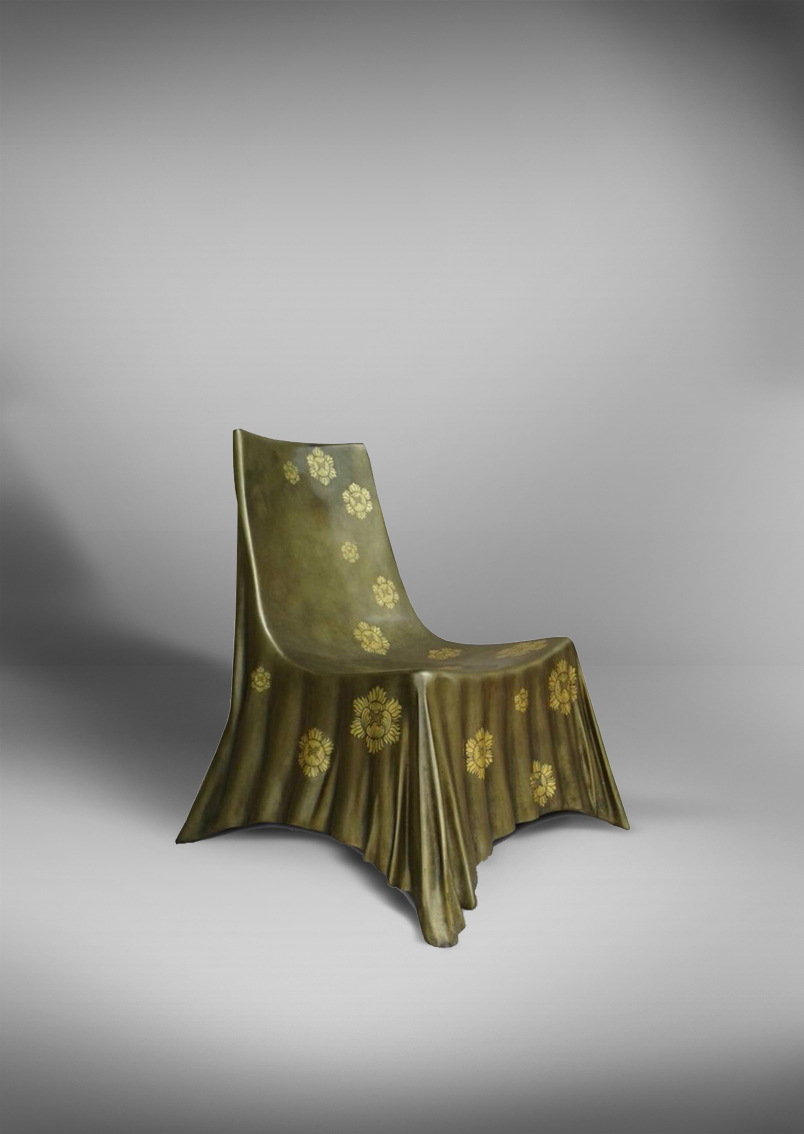
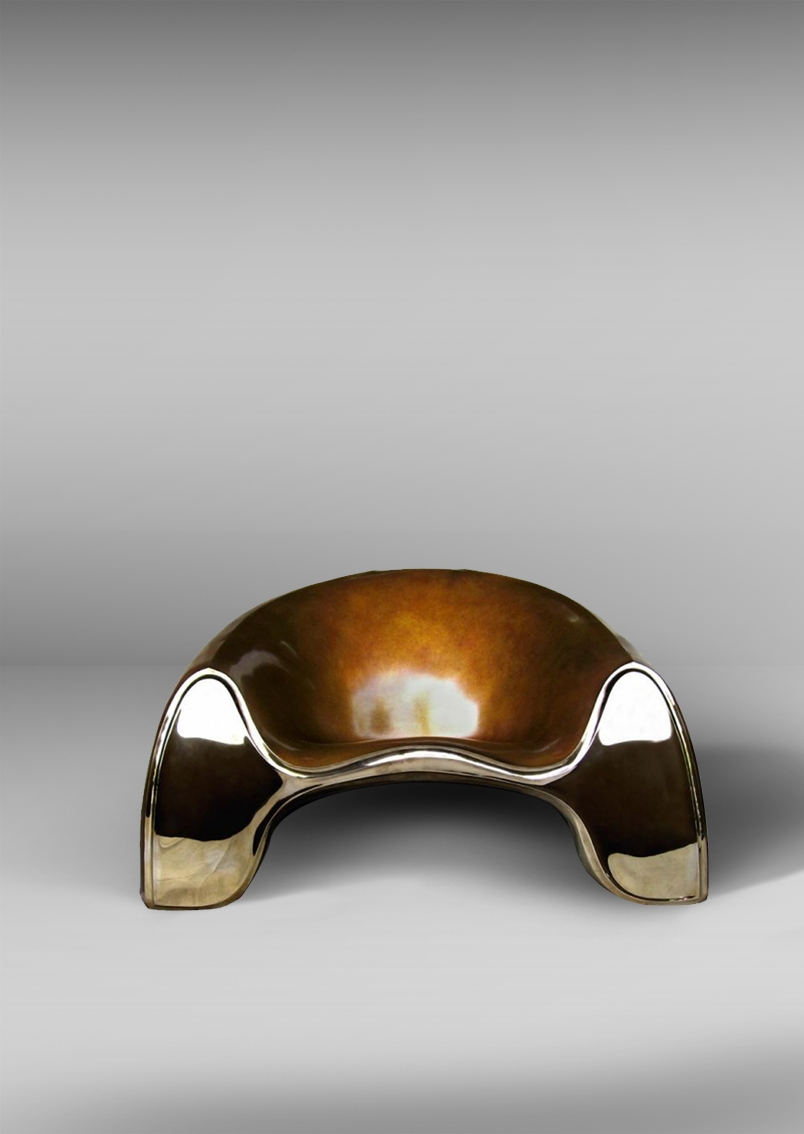
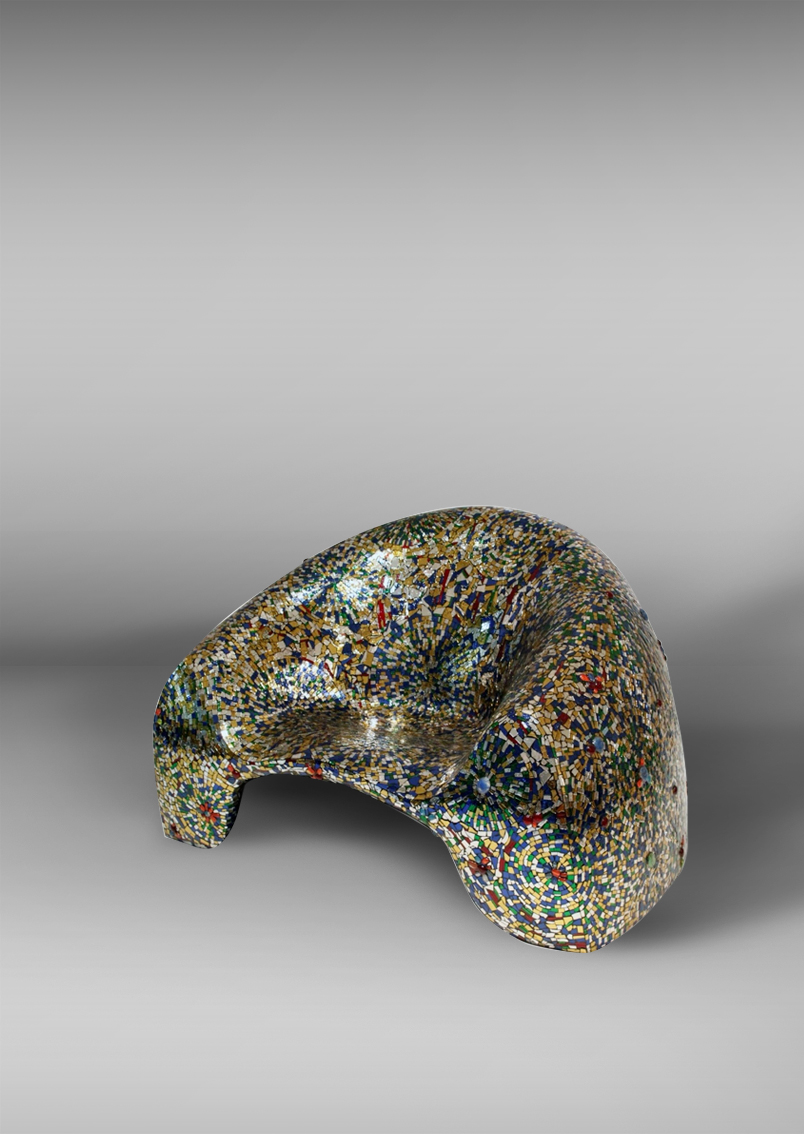
Today, Eggarat's chair collections are more than functional objects; they are coveted works of art. His pieces grace the most discerning interiors and have become staples in online auctions, where collectors vie for a piece of his visionary legacy. Eggarat's journey is a testament to the power of design to transform not just industries, but identities. Through his “Chair Couture,” he has redefined Thai craftsmanship, proving that the future of design lies in the delicate balance between the hand and the machine, the past and the future.
